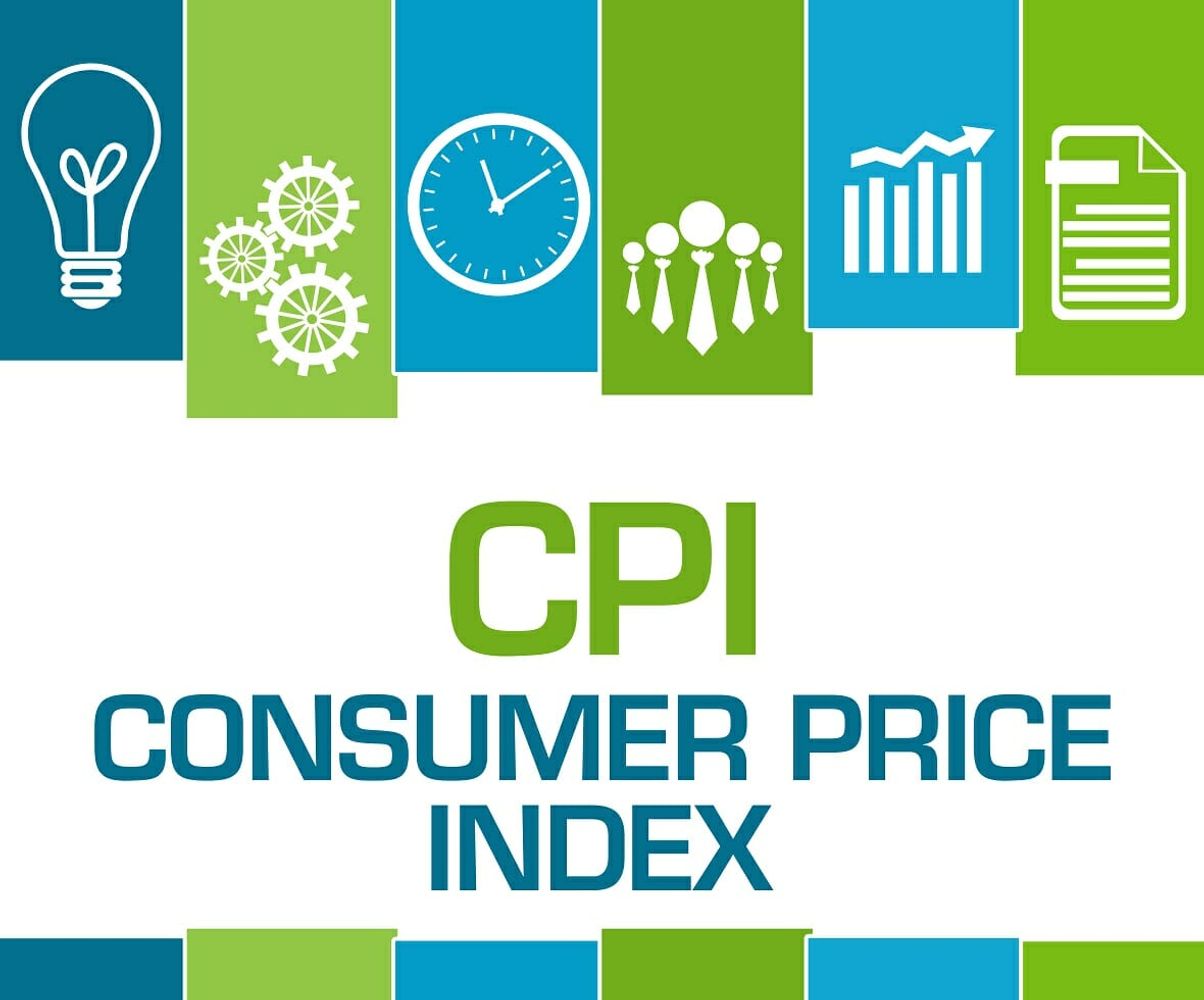Inflation Touches 4.8% As Food Prices Climb and Tomato Shock
Context :
From May’s 4.31%, retail inflation accelerated to a three-month high of 4.81% in June, driven by a sharp increase in food prices as a result of rising prices for products such as cereals, pulses, milk, and tomatoes. From less than 3% the previous month, food price inflation accelerated to 4.5% this month.
What is retail inflation?
- Retail inflation, commonly referred to as consumer price inflation, is a measurement of increases in the cost of a selection of goods and services that are frequently used by households.
- Consumer Price Index (CPI): A consumer price index is often used to calculate retail inflation. A sample basket of products and services that consumers frequently buy is tracked by the CPI to determine their prices.

- Services and Goods Basket: The CPI’s selection of products and services reflects normal consumer purchasing habits. It encompasses necessities and luxuries alike, such as food, shelter, transportation, healthcare, and education.
- Percentage Change: Retail inflation is estimated using the percentage change in the CPI over a predetermined period, usually every year. The rate of price growth or decrease is indicated by the percentage change.
- Purchasing Power: Retail inflation has a direct impact on customers’ purchasing power. The buying power of money declines when prices of goods and services increase more quickly than income levels. As a result, consumers can spend the same amount of money on fewer items and services.
- Impact on Households: Significant household effects may result from high retail inflation. Savings value is diminished, and discretionary expenditure is constrained. Additionally, consumers may alter their spending habits as a result of prioritizing essentials over non-essentials.
- Policy Implications: Retail inflation is actively monitored by central banks and policymakers as a crucial economic indicator. They seek to encourage enduring economic growth and preserve pricing stability. Central banks may have to alter interest rates, undertake monetary policy measures, or employ other tools to combat inflationary pressures in response to high or unstable retail inflation.
What is the current scenario of retail Inflation in India?
- Compared to May’s 4.31%, retail inflation in India increased to a three-month high of 4.81% in June.
- Food price increases, particularly those for cereals, pulses, milk, and tomatoes, were the primary cause of the inflation surge.
- Inflation in food prices increased to 4.5% in June from less than 3% in May.
- With food prices rising from 2.4% in May to 4.3% in June, urban consumers saw inflation of roughly 5%.
- The Consumer Price Index increased in June, on top of the 7% inflation seen in the same month last year.
- In June, the price of cereals increased by 12.7%, ending a three-month trend of declining prices. Additionally, prices for spices, beans, milk, and eggs increased.
- Prices for edible oil decreased by 18.1% from June 2022 levels, assisting in reducing inflation in the price of food as a whole.
- 13 of India’s major states experienced inflation rates in June that were below the 4.8% national average, while four states—Tamil Nadu, Uttarakhand, Bihar, and Haryana—saw inflation rates that were more than 6%.
- Concerns about how the monsoon’s progression and flooding may affect agriculture and inflation are raised by economists.
What are the possible reasons for inflation in India?
- Even while headline inflation for the fourth consecutive month remained below the Reserve Bank of India’s maximum tolerance limit of 6%, economists predict that rising vegetable prices, the effects of flooding, and an erratic monsoon could aggravate pressures on food costs.
- Due to reduced irrigation levels, pressure on cereals and pulses is anticipated to persist, adding to inflationary pressures.
- Food costs: Since a considerable amount of the population’s spending goes toward food, food prices have a big impact on inflation in India. Price fluctuations in the food industry, particularly for staples like cereals, fruits, and vegetables, can exacerbate inflationary pressures.
- Prices of gasoline and energy: Variations in these costs can have a domino effect on other costs associated with production and transportation. Business expenses may rise as a result of higher fuel prices, and these costs may subsequently be passed on to consumers, creating inflationary pressures.
- Demand-Supply Imbalances: Inconsistent demand and supply in several industries can raise prices. Prices may be pressured upward if demand exceeds supply. This is evident in sectors including real estate, transportation, and consumer electronics.
- Monetary Factors: Inflation is influenced by monetary factors, including changes in interest rates and the money supply made by the Reserve Bank of India (RBI). Lower interest rates can encourage spending and borrowing, increasing demand and even inciting inflationary pressures.
- Government Policies: Prices can be impacted by government policies including taxes, subsidies, and regulations. The cost of goods and services can be impacted by changes in tax rates, especially indirect taxes like the Goods and Services Tax (GST), which can then have an impact on inflation.
- Prices of international commodities: India imports a variety of goods, including gold, crude oil, and pulses. Domestic inflation may change as the price of commodities fluctuates on a global scale. Higher foreign prices may result in higher import costs, which may have an impact on overall inflation rates.
- Seasonal factors: Changes in agricultural productivity due to the seasons can affect food costs. Price increases for some agricultural goods may result from crop failures, droughts, floods, or supply chain disruptions, which adds to inflation.
What is ‘Tomato Shock’ and What is the reason behind the huge price hike?
- Recent increases in tomato costs have raised monthly kitchen budgets for Indian homes, and many people have even quit eating tomatoes. Tomatoes are now costing between Rs 150 and Rs 200 per kilogram in retail marketplaces as of recent weeks.
- The factors that led to the price hike are as follows:
- Environmental elements:
- The cultivation and production of tomatoes have been hampered by persistent rain and unfavourable weather.
- Too much rain can harm tomato crops, resulting in lower yields and poorer quality.
- The availability of fresh tomatoes in the market is impacted by unfavourable weather conditions.
- Logistical aspects
- Distribution and transportation are essential for maintaining a consistent supply of tomatoes.
- Tomatoes may have a difficult time getting from farmers to markets if there are infrastructure problems.
- The delivery of tomatoes may be delayed by transportation delays such as severe weather or flooding.
- Lack of inventory and higher prices may be the results of logistical and supply chain management issues.
- Market factors:
- Tomato prices are influenced by supply and demand dynamics. Prices increase when demand exceeds supply.
- Hoarding z, in which certain people or organizations store up tomatoes in anticipation of future gains, can lower the supply and raise prices.
- Due to their influence over tomato distribution and pricing, middlemen can be exploited and cause prices to rise.
- Price volatility and unjust behaviours may emerge from ineffective market regulation and supervision.
What are the possible ways in balancing the inflations?
- Monetary Policies: Inflation can be managed by the Reserve Bank of India (RBI) via monetary policy tools including interest rates and reserve requirements. Demand can be decreased and inflationary pressures can be managed by raising interest rates.
- Fiscal Policy: The government can implement responsible fiscal policies by controlling its spending, lowering the fiscal deficit, and ensuring effective resource allocation. It should concentrate on lowering unnecessary spending and raising productivity in important industries.
- Measures on the supply side: The government needs to take action to increase agricultural productivity and deal with supply chain inefficiencies. This may entail supporting agricultural reforms, including investments in irrigation systems, updating the infrastructure for storage and transportation, and fostering private sector involvement in agriculture.
- Measures for Price Stabilization: The government can get involved in the market to keep the prices of key commodities stable by creating strategic reserves, controlling exports and imports, and taking enforcement action against black market and hoarding practices.
- Enhancing Competition: Encouraging market competition can aid in price reduction. To entice additional participants into different sectors, the government should promote ethical business practices, prevent monopolies, and simplify laws.
- Increasing Social Safety Nets: Helping vulnerable groups in society specifically can help lessen the effects of inflation. The burden on low-income households can be reduced by enhancing and expanding social safety net programs including subsidized food distribution, direct cash transfers, and affordable housing initiatives






